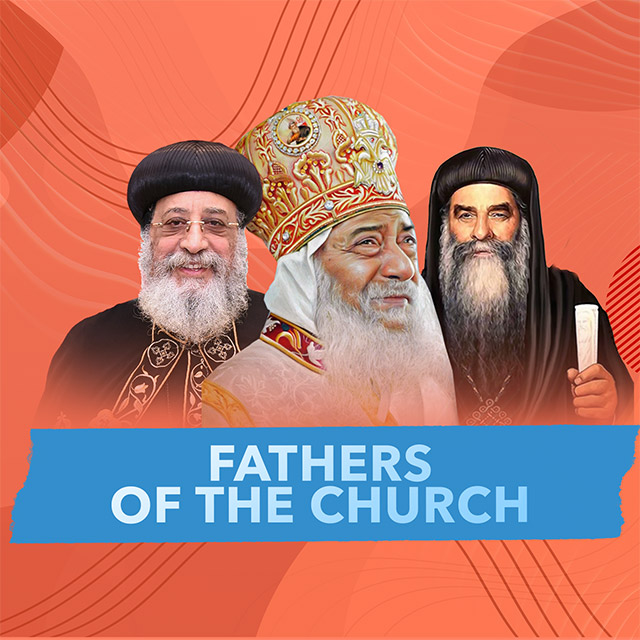▪ Why is it called the “Liturgy”? What does the word mean?
In the Liturgy, we encounter Christ in a unique and sacred way. The word “Liturgy” refers to the sanctification of the soul through divine sacraments (the Body and Blood). That is why the priest says, “The Holies for the holy.”
⸻
▪ The Act of the Liturgy:
The Liturgy is the sanctification of the repentant through the divine mysteries. When the priest says “The Holies for the holy,” it means that those who have been sanctified through repentance and confession and have purified themselves are now worthy to receive the divine sacraments.
Thus, repentance brings sanctification, and through it we receive the grace of forgiveness by departing from sin. We enter the Liturgy through the gate of repentance and attain the worthiness of grace (the mysteries).
⸻
▪ Holy Communion:
This is the highest act of sanctification—a profound sanctification that reaches the summit of holiness. It is the divine action within the human soul that becomes united with God.
That is why the Coptic term for “holy” refers to:
1. God, who is the Holy One and King of Saints, and who is supreme in holiness.
2. The saintly person, who is consecrated and devoted to God, united with Christ.
Thus, holiness is both an act of God and a result of union with Him.
⸻
▪ The Liturgy is:
The transcendent presence of God through the Holy Sacrifice on the altar, and through the descent of the Holy Spirit in a way that surpasses any other form of divine presence.
This is why the Church commands: “Worship God in fear and trembling”, because the Holy Spirit transforms the bread and wine into the true Body and Blood of Christ.
So the Divine Liturgy is a supernatural event in which God is truly present and sanctifies all who unite with Him through Communion.
Hence, Communion is a reward for the one who strives and not just for anyone.
⸻
▪ Practically speaking, the Liturgy is:
A collection of words, hymns, and ritual movements established by the Holy Spirit in collaboration with the saint who authored the Liturgy.
⸻
▪ The Liturgies recognized by the Coptic Church:
1. The Basilian Liturgy
Authored by St. Basil the Great. Used on regular days.
2. The Gregorian Liturgy
Authored by St. Gregory the Theologian. Celebrated on festive occasions and major Lordly feasts.
3. The Cyrillian Liturgy
Attributed to St. Cyril the Pillar of Faith. Characterized by a monastic and reverent tone. Used during fasting seasons.
🔸 Note: The Cyrillian Liturgy was originally authored by St. Mark the Apostle, and St. Cyril added some minor revisions to it; hence, it was attributed to him.












